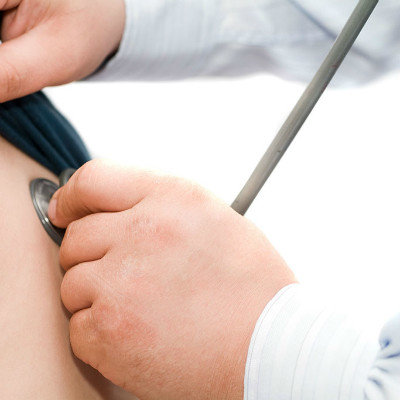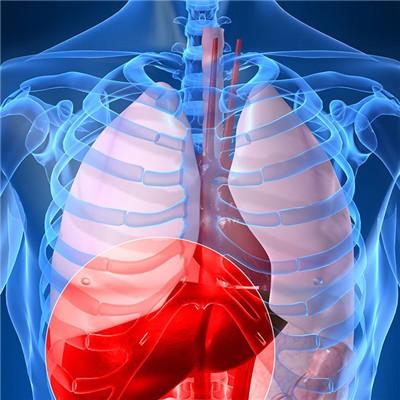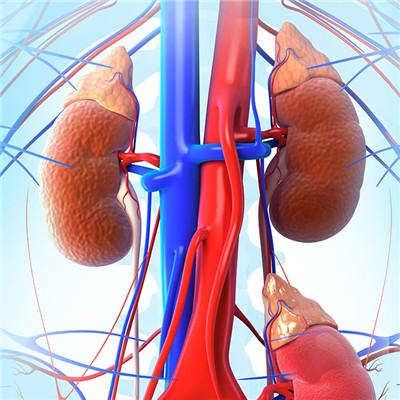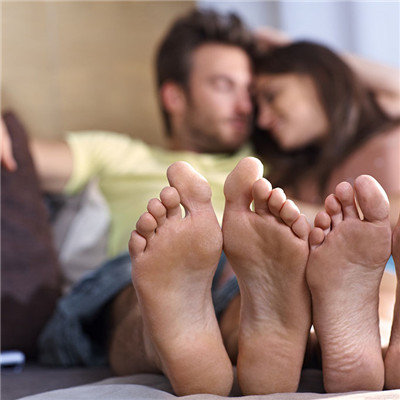When walking fibula long muscle ache?
summary
Most of the appearance of peroneus longus muscle may be caused by excessive strain, such as running, jumping or excessive exercise experience in peacetime, local bruise or crush injury, which may cause pain. Patients can find specific treatment plan according to the pain point in peacetime, and choose the appropriate method to adjust slowly, Only in this way can complications and side effects not be caused, and the cause can be easily found.
When walking fibula long muscle ache?
Generally, there is no direct trauma history, but there is a history of excessive running and jumping, the onset is slow, and the signs are gradually aggravating. Pain is the main symptom of the disease. In the early stage, pain often occurs in the lower leg during or after exercise, and it often disappears after rest, and then appears again when participating in exercise. If you continue to participate in the running and jumping exercise with more load, the pain will gradually aggravate, some patients have nocturnal pain, and some patients with severe claudication.

In the acute stage, there was concave edema; The lower part of the leg is more obvious. There is tenderness in the medial side of tibia, medial posterior margin or lower end of fibula, but the tenderness point has no obvious relationship with the muscle attachment. In patients with a long course of disease, small nodules or masses can often be touched on the medial side of the tibia, causing sharp pain; In patients with fatigue periostitis of the fibula, the lower end of the fibula was swollen.

Hind pedal pain is an important sign of tibiofibular fatigue periostitis, that is, pain occurs when patients push back with their toes, but there is no pain when they use the general ankle flexion test. Early X-ray film often no positive performance, late and recurrent patients, more periosteal hyperplasia reaction. If the symptoms do not improve for a long time and the local tenderness is significant, X-ray should be taken to exclude fatigue fracture.

matters needing attention
The pain of tibia and fibula of lower leg is aggravated after a large amount of exercise. There is pain when touching hands and walking support. Individual patients have nocturnal pain, mostly dull pain and involved pain, and severe stabbing pain and burning pain. Tenderness can be felt on the bone surface, some are limited, some are scattered. Swelling, local soft tissue with mild pitting edema. According to the pain point, the patient can find the specific treatment plan and choose the appropriate method to adjust slowly.











